Social media is overflowing with misinformation and trendy nutrition advice that often promises magical solutions to all your problems. Which ones are truly worth considering? This post will explore 6 hot topics in nutrition that are scientifically proven to be worth your time and effort.
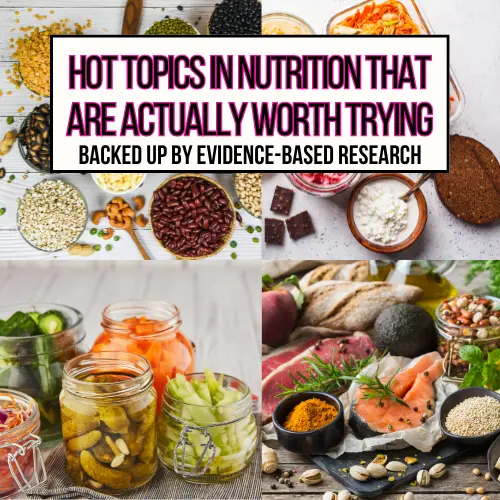
These are topics that not only have ample evidence-based research already, but in my opinion, will become increasingly more popular as more studies are conducted.
1. Fermented foods
You’ve probably heard all about increasing that good bacteria in the gut microbiome: gut health has become increasingly popular. Here’s the thing: the efficacy of probiotic supplements is very complicated. You have to make sure you are taking the correct strain and at the right dosage to really get the proposed benefits. Also, there isn’t a whole lot of research for many of the probiotic strains just yet.
At this time, it is best to consume gut-friendly bacteria from foods. And guess what? Fermented foods are the best way to do just that.
Fermented foods have actually been around for thousands of years. There’s extensive research that shows the compounds produced during the fermentation process as well as the microorganisms in the fermented foods can significantly affect the gut microbiome both short-term and long term by increasing the diversity of good bacteria.
Why is it important to have more diversity in our gut microbiome? Having a variety of these microorganisms in our gut helps strengthen our immune system, prevent a number of chronic diseases, decrease inflammation and generally just makes the microbiome more resilient and adaptable.
Examples of fermented foods are kombucha, kefir, miso, kimchi, sauerkraut, and yogurt. You can make your own foods with the fermentation process or try products that are becoming more popular at the grocery store.
How to Consume More Fermented Foods
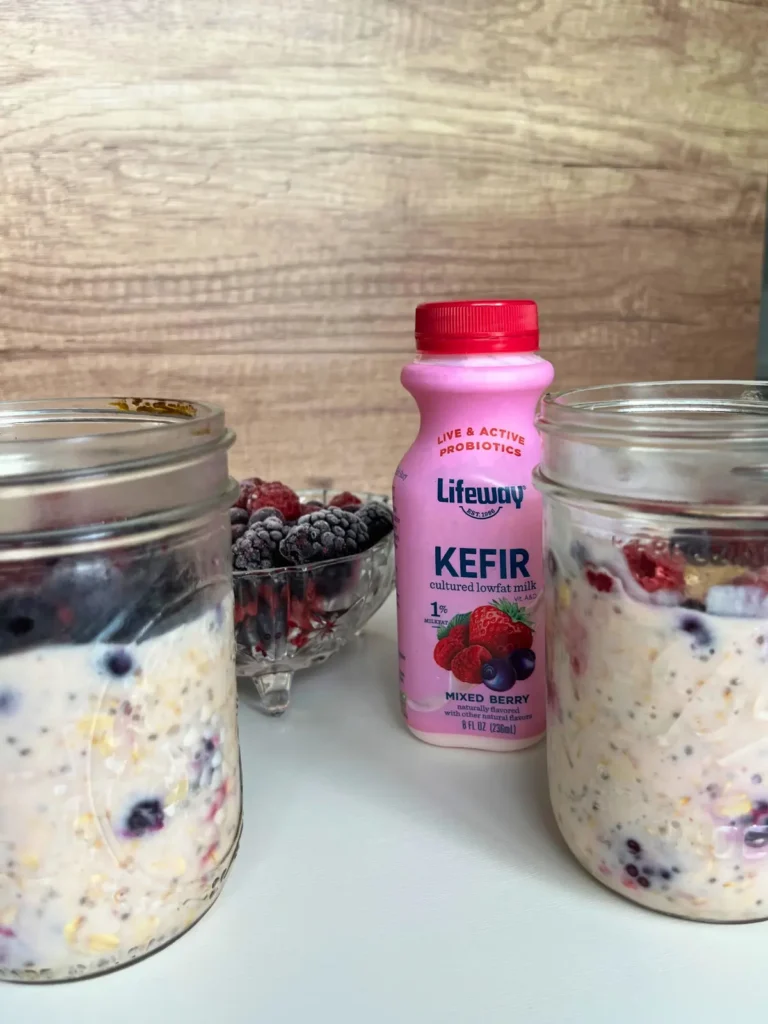
I’ve been doing a lot of experimenting with kombucha and kefir lately. I am not a huge fan of just drinking either on their own, so I have tried to incorporate them into various recipes.
For example, I made 3 different mocktails with kombucha that are surprisingly refreshing and delicious. So much better than plain old store-bought kombucha!
Store-bought dairy kefir, on the other hand, can be pretty delicious. I like to use it in smoothies and overnight oats because it contains significantly more of that good bacteria for our gut than yogurt.
Give these lemon berry kefir overnight oats a try, or this delicious tropical pineapple smoothie with kefir. Feel free to get creative and come up with your own recipes! For the most benefit, consume fermented foods several times a week.
2. The Flexitarian Diet
A flexitarian is a flexible vegetarian diet where more plant-based meals are prioritized while occasionally consuming meat. A more plant-based diet can reduce the risk of many chronic diseases AND also improve the gut microbiome.
It’s better for the environment and studies have shown it can assist with long-term weight loss. You’re essentially loading up on foods high in antioxidants and fiber – which correlates with a longer, healthier life. Plus, it’s much more appealing than a vegetarian diet.
Tips to incorporate more plant-based meals:
One of the biggest concerns when following a more flexitarian or vegetarian diet is consuming adequate protein. For meal inspiration, read 35+ high protein plant-based meals or my high protein plant-based meal prep guide.
3. High Protein & Fiber Diet
The hype around protein hasn’t died down – and fiber is now starting to get the attention it deserves!
These are two powerful nutrients when it comes to health and weight management. A diet high in both nutrients can assist with weight management by helping to slow down the digestion of our food and keep us fuller for longer. Even reduce appetite and lower overall caloric intake.
Sadly, though, most people aren’t consuming the recommended amount of fiber each day – especially with the popularity of low carb diets.

If you are following a low carb diet, make sure to prioritize fiber as well as protein! Not all carbs are bad- most studies show that quality is just as important as quantity.
Aim to consume at least 25 grams of fiber per day, for assistance with bowel regularity, improved gut composition, lower cholesterol, and reduced risk of cardiovascular disease, diabets and certain types of cancer.
Related Content:
— 5 Day Low Carb, High Fiber Meal Plan
— 14-Day High Protein & Fiber Meal Plan
Prebiotics = a Type of Soluble Fiber
Prebiotics are a type of soluble fiber that feed the good bacteria in our gut. When it comes to a more balanced gut microbiome, it is important to consume both probiotics and prebiotics.
They work together to create a more balanced and resilient gut microbiome – which is also directly correlated with numerous bodily functions that are tied to overall health and well-being. Not all fiber is considered prebiotic. Examples include onions, leeks, bananas, asparagus, flaxseeds, and avocado.
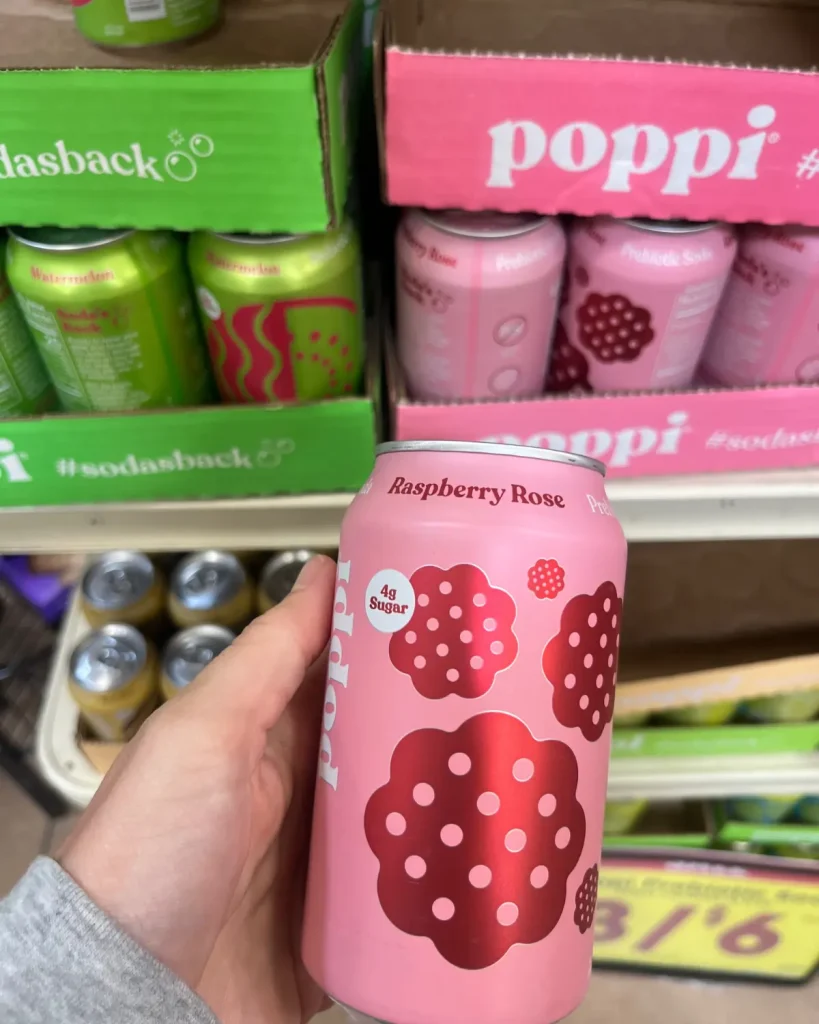
Prebiotic sodas, like Olipop and Poppi, are the latest trendy beverage with prebiotic fiber from chicory root and Jerusalem artichokes.
4. Mindful Eating
The concept of mindful eating teaches us to really savor and enjoy each and every bite of food. Do you ever eat to just eat- and you might not even be hungry?
Practicing these principles can help to increase recognition of our hunger and fullness cues. Learning to eat mindfully helps reduce emotional eating or disordered eating.
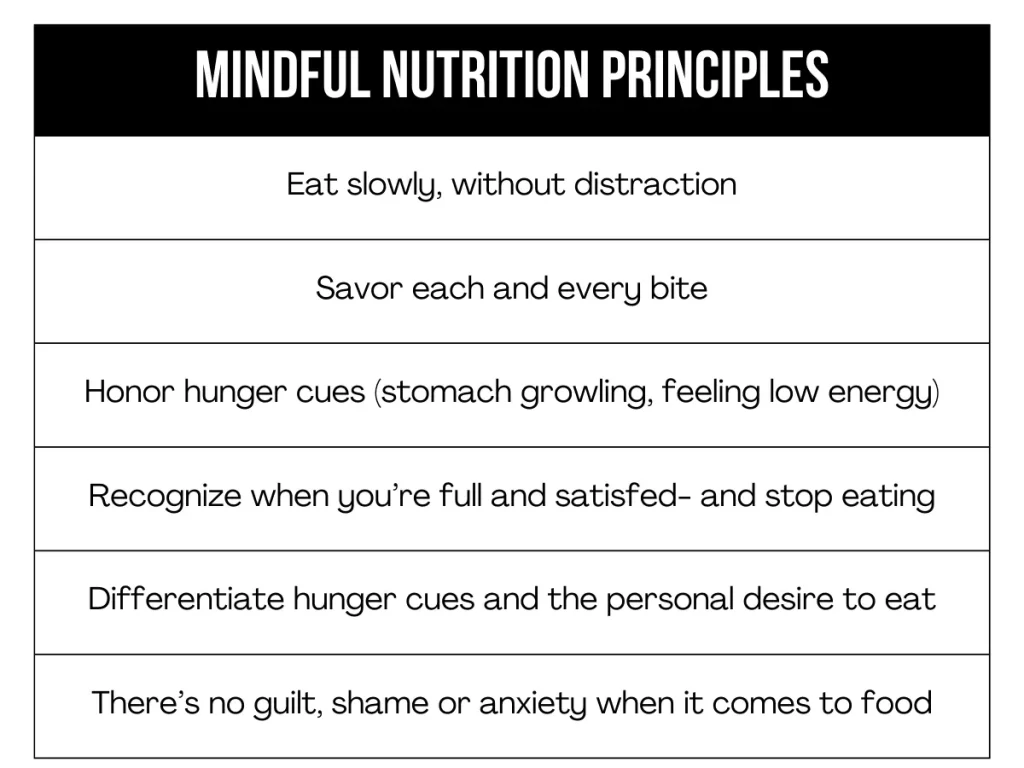
While further research is needed, wouldn’t it be ideal if we could just stop eating whenever we feel full? It seems so simple – but mindful eating takes practice. Start small, like one meal a day, and work your way up to all meals.
5. Vitamin D and Magnesium
Magnesium is found in a variety of different foods, such as nuts, seeds, vegetables, fruits, whole grains, some dairy products, and animal protein sources. However, a recent study found that almost 50% of Americans are not consuming enough magnesium from their diet.
Magnesium is involved in over 300 interactions in the body. Therefore, deficiency is linked to many different diseases and is even related to stress, headaches and sleep quality.
Vitamin D is another very important nutrient that most are not consuming enough of – mostly because it is not found in many foods. Vitamin D deficiency has been linked to bone and mineral disorders, more susceptibility to infections, increased risk for certain types of cancers and even increased symptoms of depression and anxiety!
The best food sources of vitamin D are oily fish like salmon, dairy products and fortified cereals and bars. Lifeway Kefir (which I use in the above recipes) actually has 30% daily value of vitamin D! So, two hot topics from this list in one product.
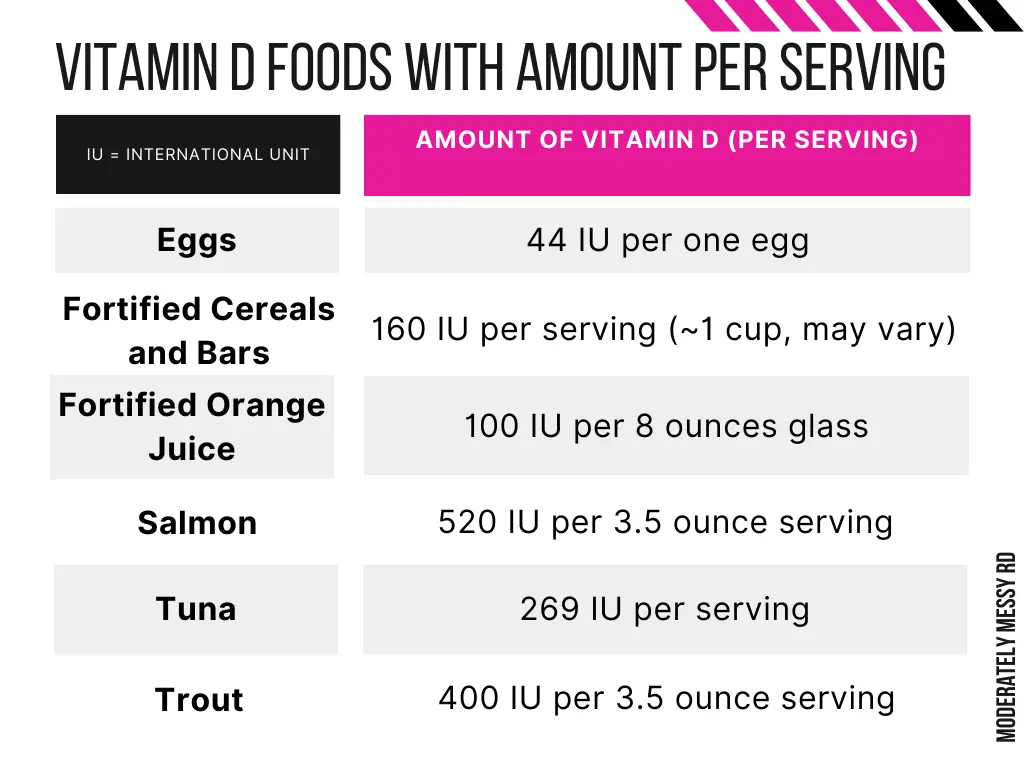
Should You Take a Magnesium and Vitamin D Supplement?
The topic of magnesium supplementation is everywhere these days – and I totally get the hype as a busy mom. With increased stress and lack of sleep, it’s easy to turn to magnesium supplements for help.
For example, magnesium glycinate is a form of magnesium that has been shown to improve sleep, reduce inflammation and possibly even manage symptoms of anxiety.
It’s always recommended to consume these nutrients from food sources. If you generally consume a healthy, well-balanced diet there’s likely no need for supplementation. Or look into a multivitamin with both nutrients to help fill in some gaps.
However, sometimes supplementation can be helpful – but it’s best to discuss with your physician because there are various options and too much can lead to toxicity.
Recipes to Try to Increase Vitamin D Intake:
— Increasing Vitamin D Through Foods with Recipes
6. Ancient Grains
It’s time to add some variety into your diet in the form of ancient grains. Swap out rice with quinoa, buckwheat, amaranth, barley, bulgur, and farro.
They’re versatile and easy to incorporate into power bowls, stir-fries, tacos and salads. When compared to some of the most common grains – like pasta and rice- they really pack a nutritional punch. Ancient grains are a good source of fiber, vitamins, minerals, omega-3’s and some even contain protein.
Try these quinoa recipes:
— Savory Quinoa Breakfast Bake
— Butternut Squash Quinoa Bowl
— Mediterranean Grain Bowl
